Lesson 1: "Picture" of public property management and use
Public assets (also known as public property) are important resources, with a wide scope, accounting for a large proportion of the total assets of each country. This is an important resource for the task of socio -economic development, ensuring security and national defense.
Therefore, the effective management and use of public assets is the responsibility of the whole society, in which the State plays a leading role. In recent times, the "picture" of management and use of public assets has clearly changed, but there are still shortcomings and inadequacies that need to be identified.

Public assets - great resources
According to the report of the Ministry of Finance sent to the Government in May 2023, the national database on public assets continues to be updated and operated effectively.
As of December 31, 2022, the total updated original value of public assets is VND 1,777,122.53 billion. Specifically, the value of assets is land use rights is VND 1,123,845.70 billion, the value of assets is houses is VND 453,373.25 billion; assets are architectural objects VND 41,718.54 billion; assets are cars VND 26,010.89 billion; assets are other means of transport (other than cars) VND 1,142.47 billion; assets are machinery and equipment VND 105,534.04 billion; other tangible fixed assets VND 16,995.08 billion...
In recent years, many legal documents related to public asset management have been issued, such as the Law on Management and Use of Public Assets 2017; Decree No. 151/2017/ND-CP dated December 26, 2017 of the Government detailing a number of articles of the Law on Management and Use of Public Assets; Decree No. 152/2017/ND-CP dated December 27, 2017 of the Government stipulating standards and norms for the use of working areas and public works; Decree No. 167/2017/ND-CP dated December 31, 2017 of the Government stipulating the rearrangement and handling of public assets; Decree No. 67/2021/ND-CP dated July 15, 2021 of the Government on amending and supplementing a number of articles of Decree No. 167/2017/ND-CP, etc.
In addition, the management, use and exploitation of public assets are also regulated by specialized legal provisions of each type of public asset, such as the Land Law, Housing Law, State Budget Law, Law on Management and Use of State Capital Invested in Production and Business at Enterprises...
After the Law on Management and Use of Public Assets 2017 was promulgated, the Government issued 20 decrees and the Prime Minister issued 3 decisions, the Ministry of Finance issued more than 10 circulars guiding the management and use of public assets under its authority. This is the legal basis for all levels, sectors and units to strictly manage and economically use public assets; prevent and repel loss, waste, corruption and other acts of encroachment on public assets.
Notably, public assets are exploited reasonably and effectively, in conjunction with the mobilization of social resources and the State for investment and development; creating financial resources for socio-economic development, and restructuring the state budget. Management is also gradually specialized, professionalized, and services on public assets are developed according to market mechanisms on the basis of ensuring the ownership rights of the entire people.
The implementation of decisions on the formation, use, exploitation and disposal of public assets is the responsibility of ministries, branches, localities and units directly managing and using public assets. The Government decentralizes decision-making authority according to the principle of "properties at which level are decided by that level". To date, ministries, branches and localities have issued regulations on decentralization in the management and use of public assets, except for some central agencies that do not have subordinate units.
In recent years, the Party and the State have issued increasingly complete and synchronous directive documents on this field, with a view to innovation, flexibility, and suitability to practical conditions. Specifically, in Resolution No. 07-NQ/TU dated November 18, 2016 of the Politburo on policies and solutions for restructuring the state budget and managing public debt to ensure a safe and sustainable national finance, one of the main policies and solutions is: "... Strengthening the management, exploitation, mobilization of resources and improving the efficiency of using public assets".
Conclusion No. 21-KL/TU dated October 25, 2021, the 4th Conference of the 13th Party Central Committee on promoting Party building and rectification and the political system; resolutely preventing, repelling, and strictly handling cadres and party members who have degraded in political ideology, ethics, lifestyle, and manifestations of "self-evolution" and "self-transformation" has proposed one of the main and central solutions: "Improving the mechanism of controlling power in all fields, especially in fields and activities that are prone to corruption and negativity, such as: Personnel work, finance, budget, public assets, land, resources...".
Effectiveness and shortcomings
In recent years, the management, use and exploitation of public assets in general and public housing and land in particular across the country have received increasing attention and focus and have achieved clear results and changes.
According to the assessment of the Ministry of Finance, management has gradually become more orderly; the situation of loss and waste of assets has been gradually overcome; the awareness and responsibility of all levels, sectors, agencies, organizations and units have been raised; economic efficiency in the use and exploitation of public assets has initially been focused on, making an important contribution to serving the goals of socio-economic development. The development of plans and the rearrangement, handling and transfer of real estate facilities and headquarters of agencies have had encouraging results.
In particular, state budget revenue from land has been increasing every year compared to the total state budget revenue of the whole country, from 63,681 billion VND, accounting for 7.8% of the total state budget revenue in 2013 to 254,854 billion VND, accounting for 16.85% of the total state budget revenue in 2020; mainly from land use fees and land rents. Thus, the above figure is not small in the structure of state budget revenue.
However, in addition to the achieved results, in reality, there are still cases of management and use of houses and land that are not in accordance with regulations and are ineffective, such as: Leasing, lending, arranging houses and land, using for the wrong purpose; there are still cases of waste and loss. Some agencies, organizations and units, after being allocated land by the locality, leased land at a new location to invest in building offices and facilities for career activities, but the houses and land at the old location are left empty. Some central agencies and units, when arranging administrative units at the district and commune levels according to Resolution No. 595/NQ-UBTVQH15 dated September 12, 2022 of the National Assembly Standing Committee on continuing to implement the policy of arranging administrative units at the district and commune levels, did not propose a plan for the houses and land that must be arranged, leading to a state of abandonment...
The report of the National Assembly's Supervisory Delegation on the implementation of policies and laws on practicing thrift and combating waste in the 2016-2021 period shows that the management and use of office buildings, public housing and public welfare facilities in a number of ministries, branches and localities are not in accordance with regulations and are ineffective; used for the wrong purpose and wastefully; arrangements are slow, and the situation of encroachment and disputes that have lasted for many years has not been resolved. Many resettlement houses and apartments have not been put into use or are no longer needed, are abandoned and are seriously degraded.
(To be continued)
Source


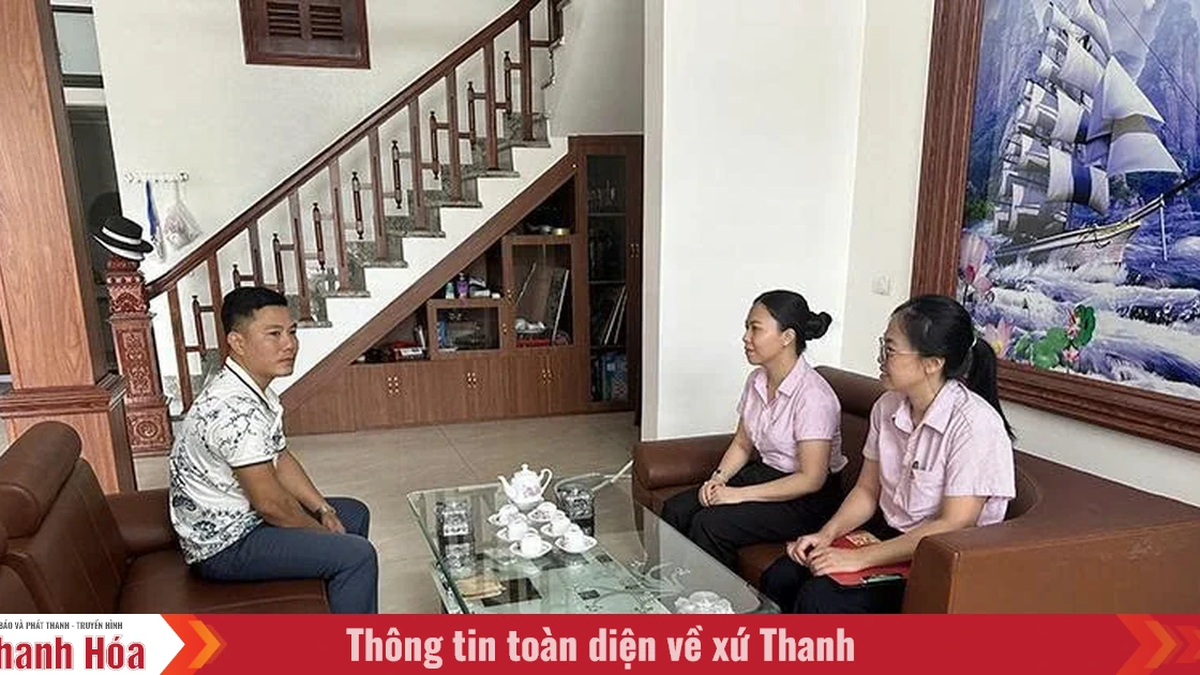

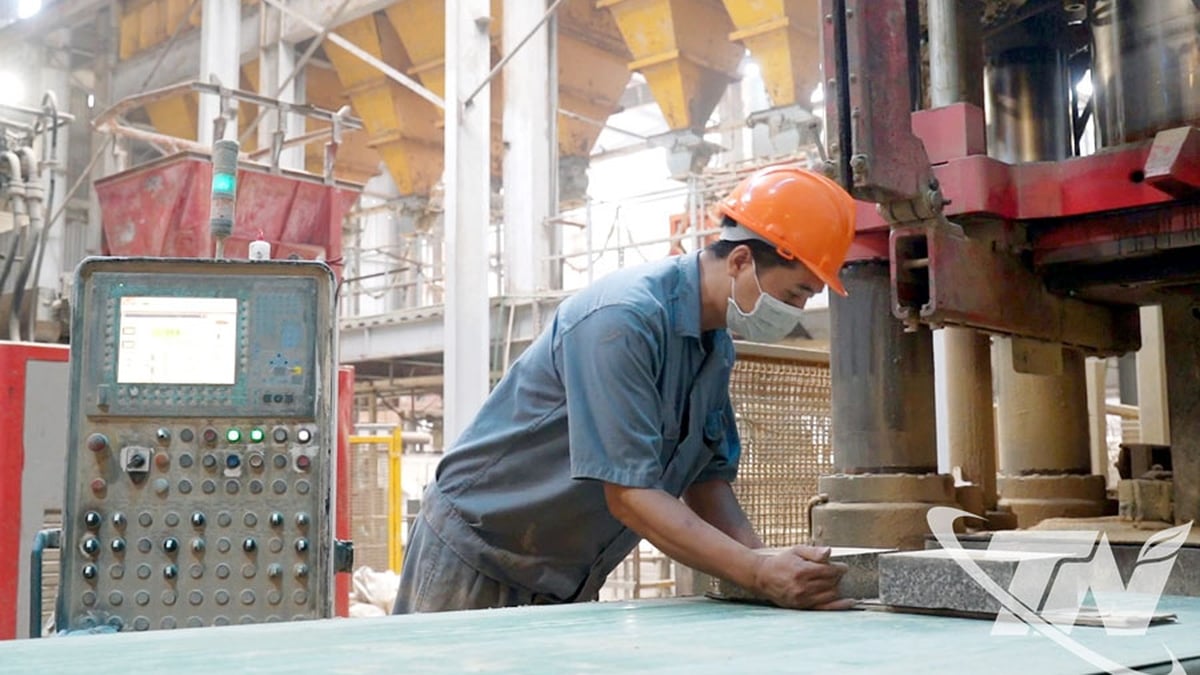
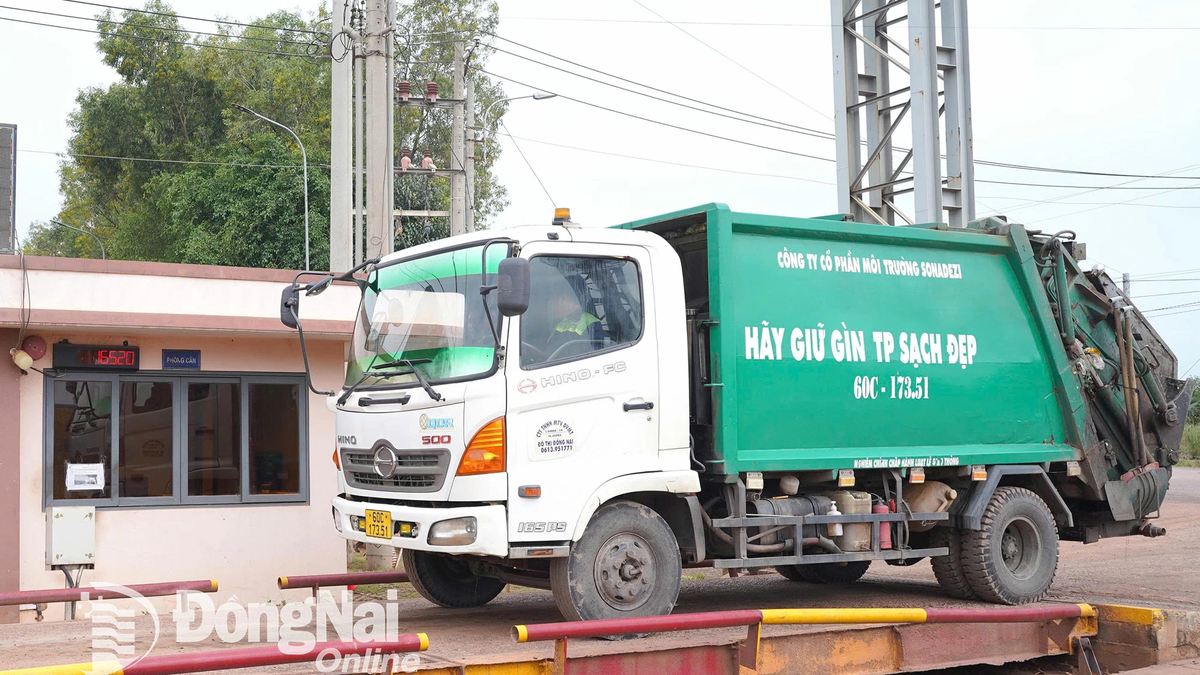
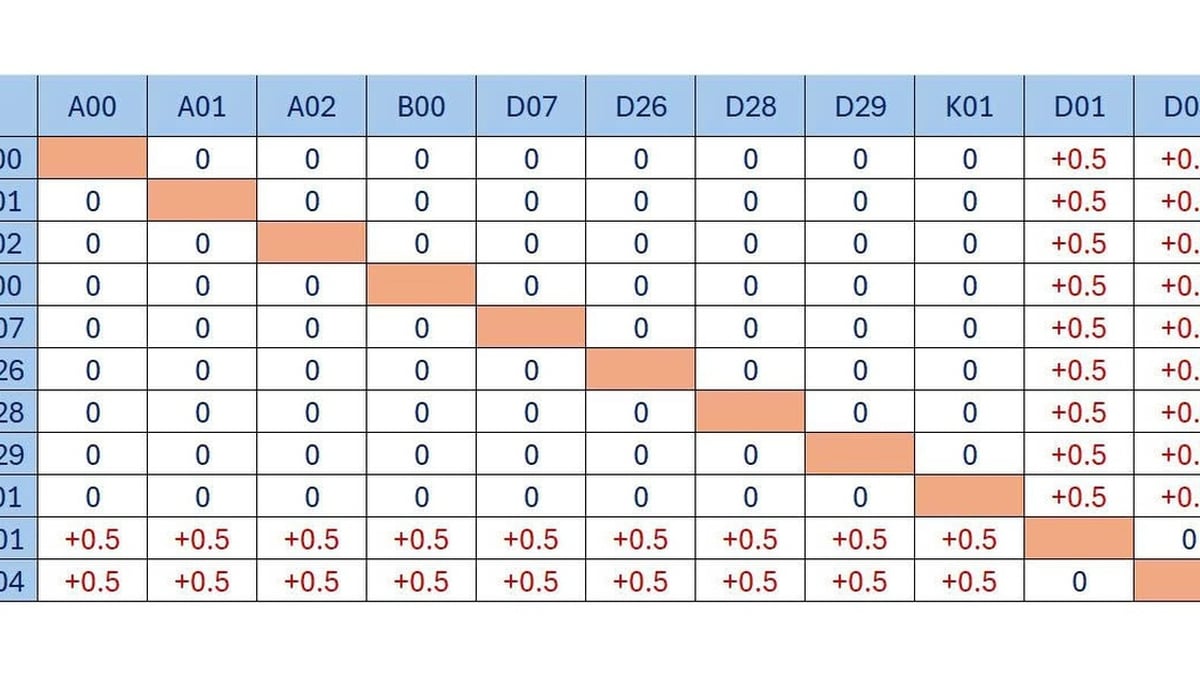

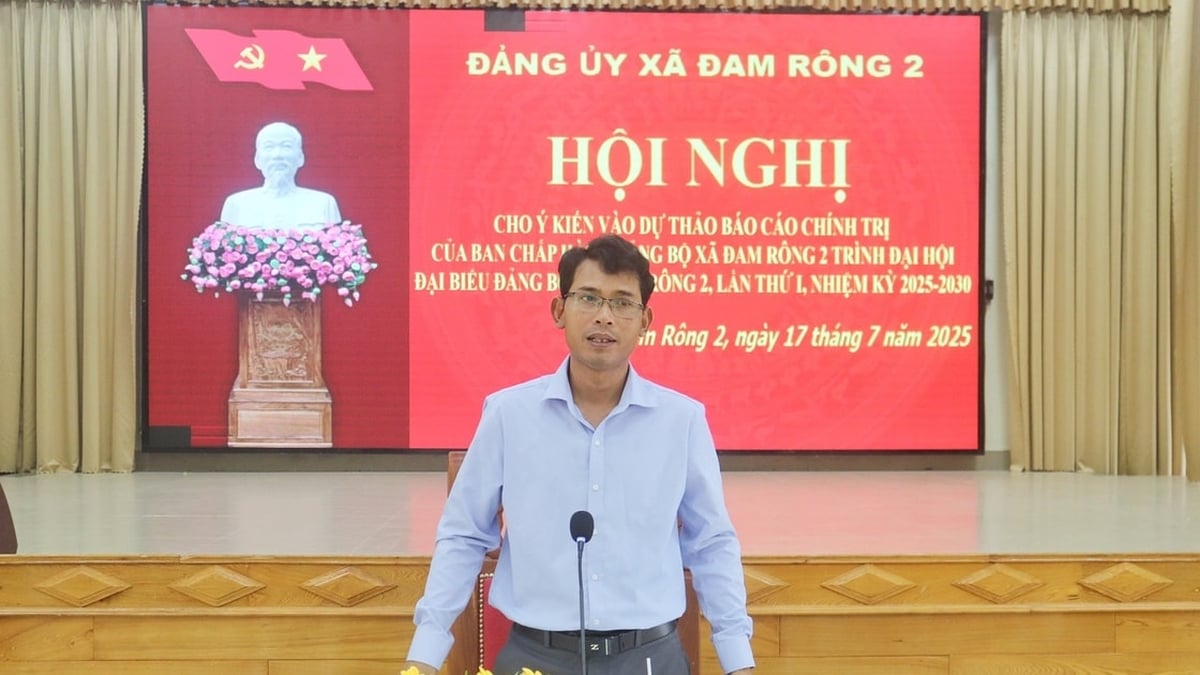


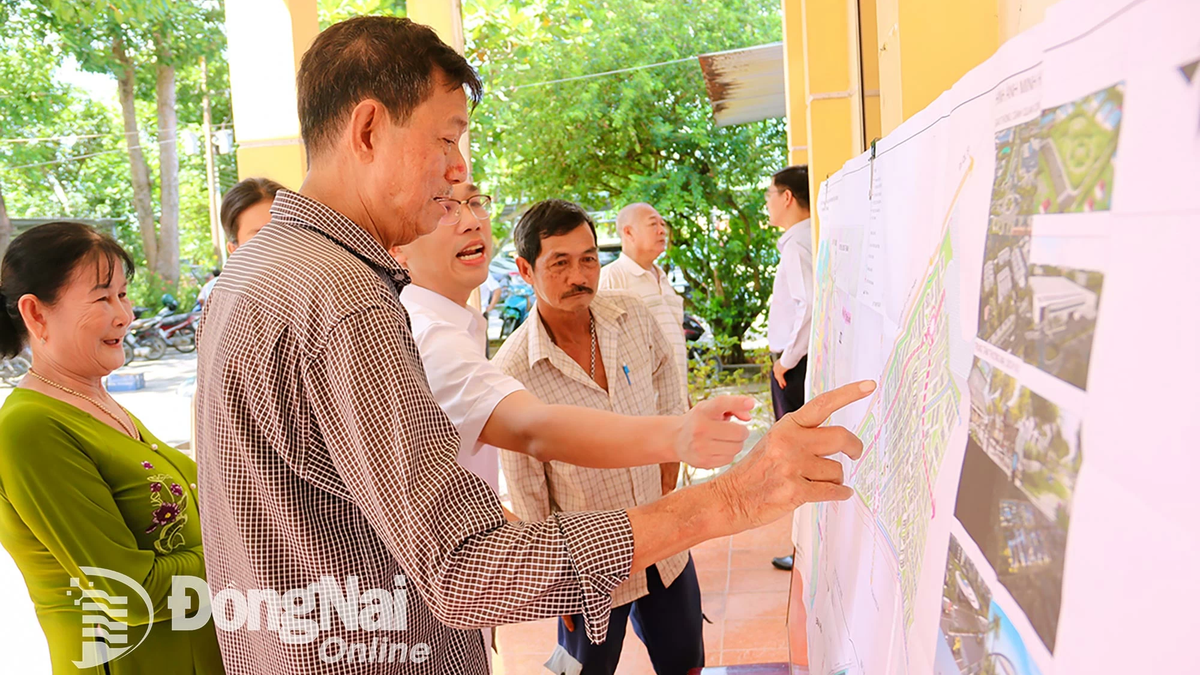





















































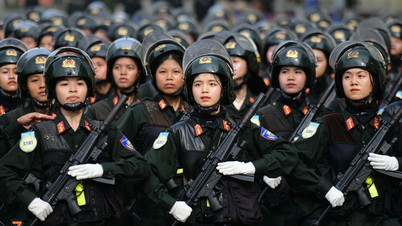







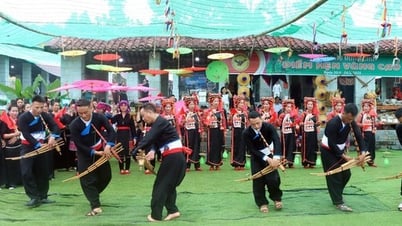
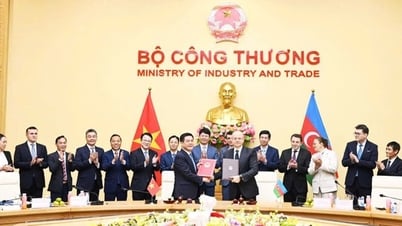











![[Infographic] In 2025, 47 products will achieve national OCOP](https://vphoto.vietnam.vn/thumb/402x226/vietnam/resource/IMAGE/2025/7/16/5d672398b0744db3ab920e05db8e5b7d)














Comment (0)